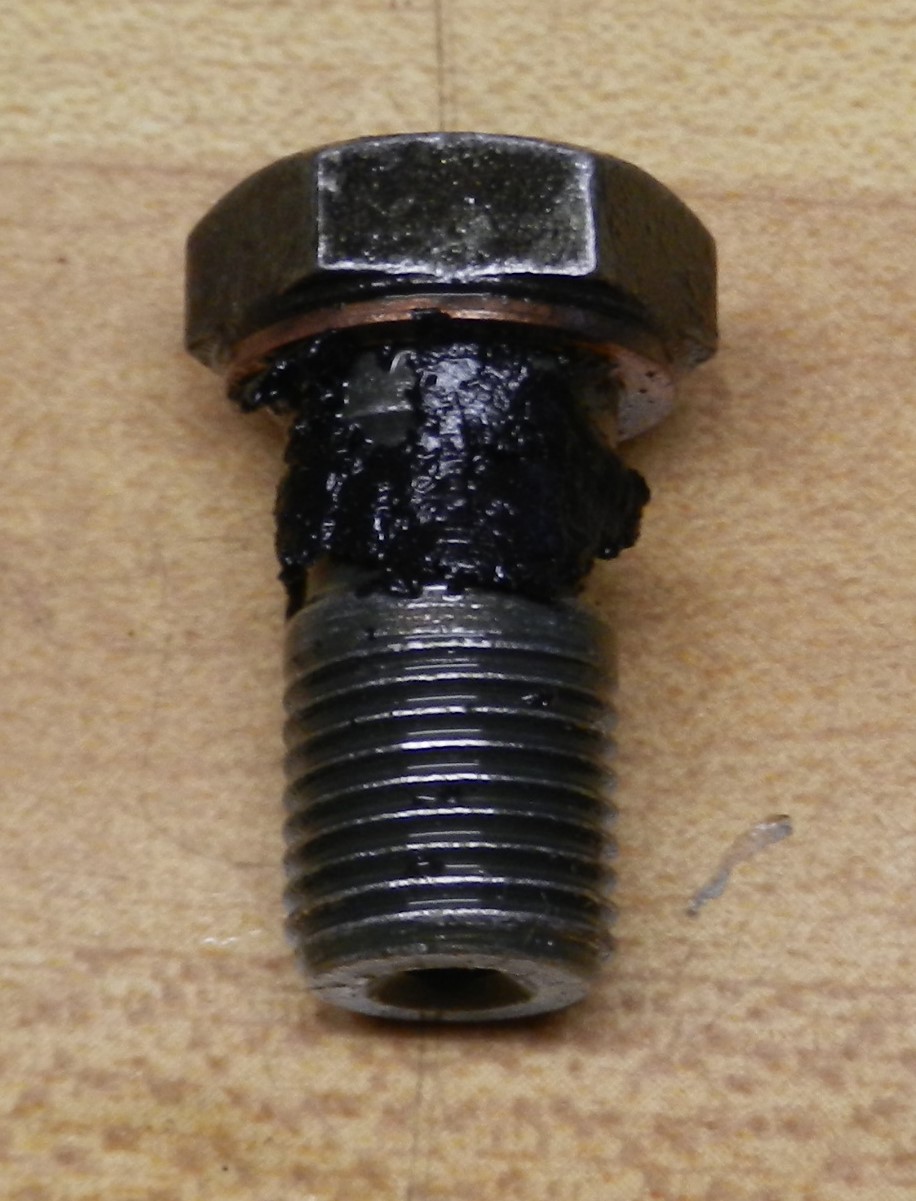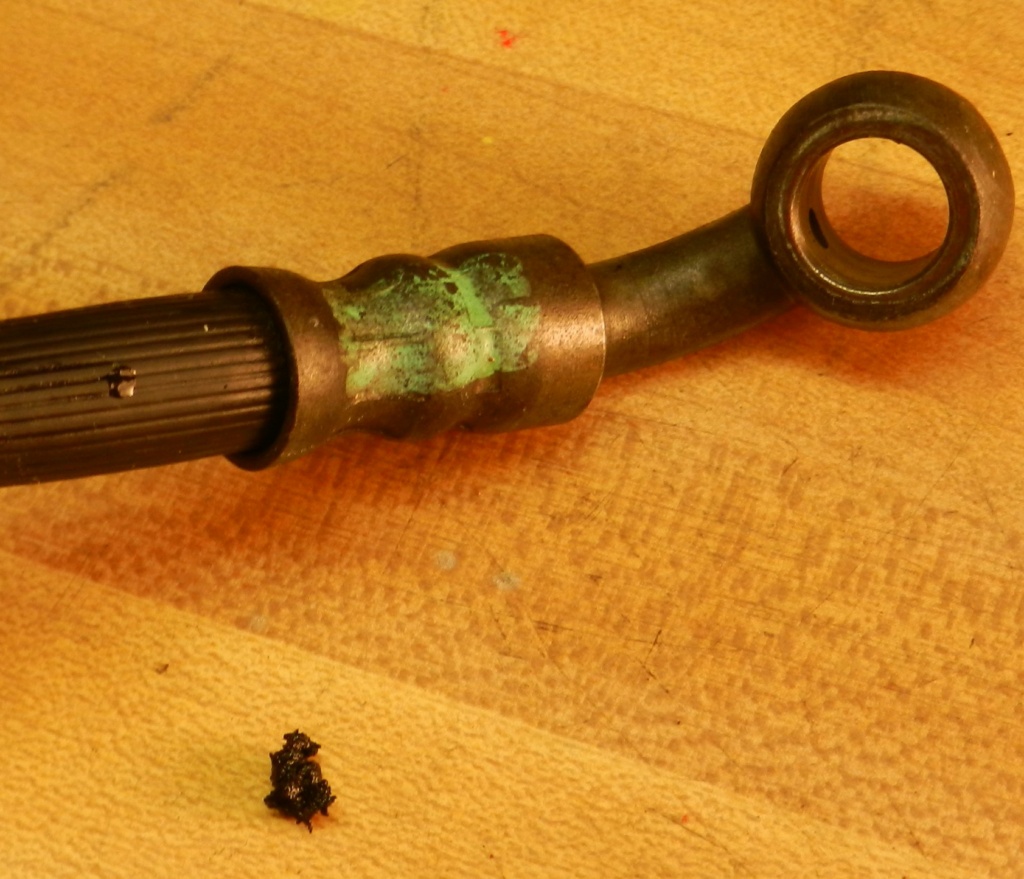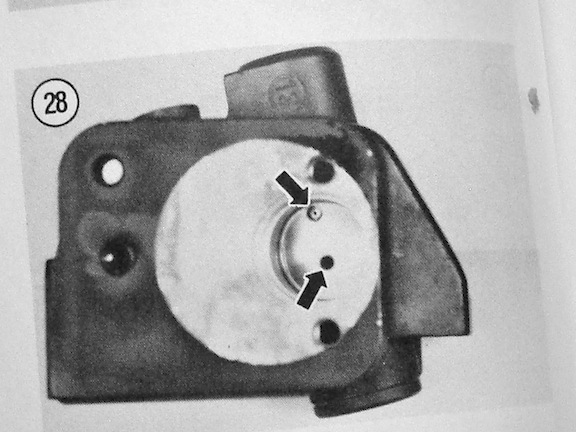1

 Brake calipers, handlebars and fork rebound, oh my... Sat Apr 10, 2021 6:59 pm
Brake calipers, handlebars and fork rebound, oh my... Sat Apr 10, 2021 6:59 pm
nullfox
active member

Last weekend I replaced my triple clamp with a new one from rebelmoto and painted my wheels. In the process of painting the wheels I had to remove the front wheel and had already been in the process of removing the handlebars so the front brake hose was not connected at the triple tree. I removed the front calipers and hung them by one of the bolt holes with a slack brake line as instructed.
I put the front wheel back on and remounted the calipers but my front brakes are frozen onto the disk and it takes force to move the front wheel. I thought maybe the pistons had come too far out so I took the calipers back off and I took a tape covered screwdriver in between the disks and twisted it to push the pistons all the way out. I also removed the cap from the MC, pumped the brakes for a bit and jiggled the bars to get all of the air out until the brake level had some feeling to it. I then remounted the calipers and closed the MC cap tight. There was a lot of daylight between the pad and the disk and as I progressively pumped the brake, it got closer and closer until the brakes were again frozen to the disk.
What the hell am I doing wrong here?
Also, I'm noticing that the front suspension doesn't want to rebound and seems a bit "stuck" and will often pop back as I've removing/remounting the brake calipers which wasn't happening before. Aside from a new triple clamp, I also removed the OEM fork bridge the fender mounted to and installed an after market plate for an aftermarket fender that says its for K bikes. Other than that, nothing has changed on the fork front and I'm confused as to why it's sticky now and I'd love any insights.
I put the front wheel back on and remounted the calipers but my front brakes are frozen onto the disk and it takes force to move the front wheel. I thought maybe the pistons had come too far out so I took the calipers back off and I took a tape covered screwdriver in between the disks and twisted it to push the pistons all the way out. I also removed the cap from the MC, pumped the brakes for a bit and jiggled the bars to get all of the air out until the brake level had some feeling to it. I then remounted the calipers and closed the MC cap tight. There was a lot of daylight between the pad and the disk and as I progressively pumped the brake, it got closer and closer until the brakes were again frozen to the disk.
What the hell am I doing wrong here?
Also, I'm noticing that the front suspension doesn't want to rebound and seems a bit "stuck" and will often pop back as I've removing/remounting the brake calipers which wasn't happening before. Aside from a new triple clamp, I also removed the OEM fork bridge the fender mounted to and installed an after market plate for an aftermarket fender that says its for K bikes. Other than that, nothing has changed on the fork front and I'm confused as to why it's sticky now and I'd love any insights.
__________________________________________________
1988 K75C
















